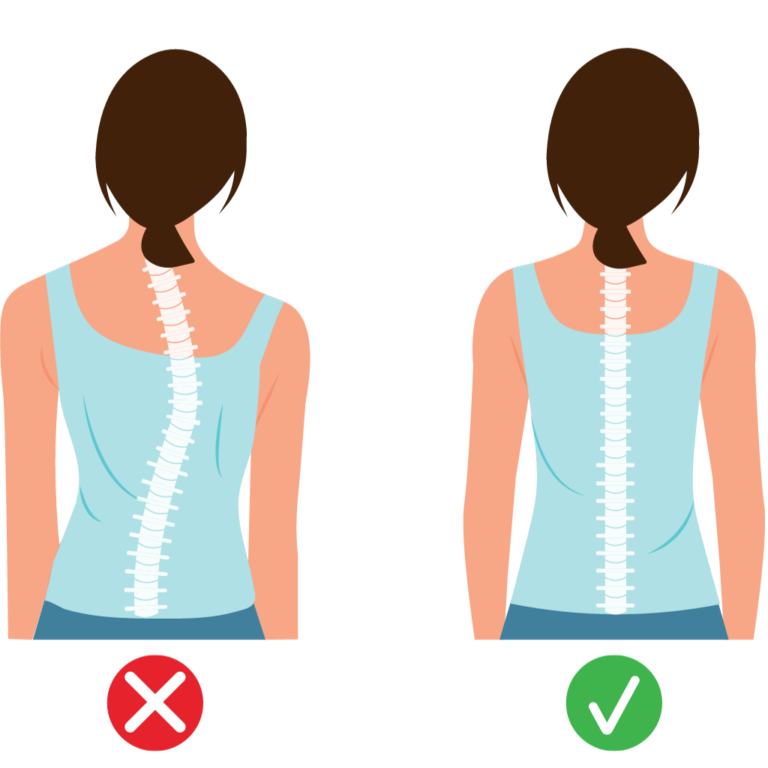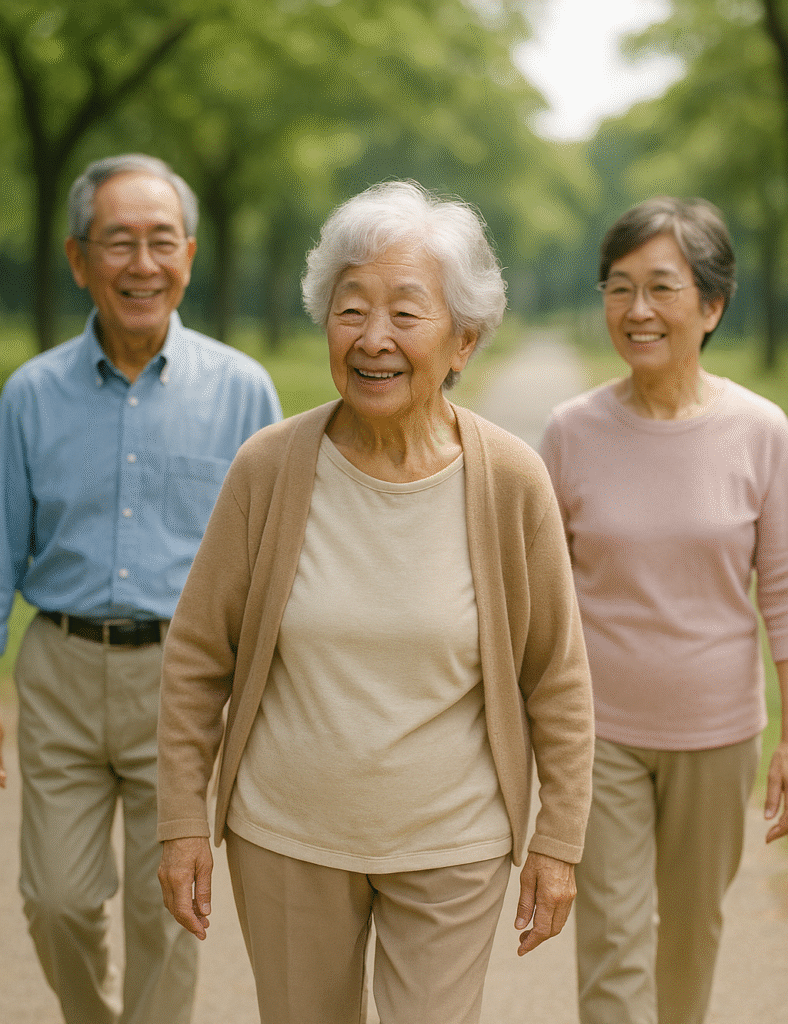Scoliosis Treatment in Cheras KL
Gentle, Non-Surgical Care for Kids, Teens & Elderly
Could It Be Scoliosis?
Have you noticed your child’s school uniform hanging unevenly? Or your parent walking slower, stiffer, and less steady than before? These may not be “just posture problems” or “getting older.” These may not be “just posture problems” or “getting older.” They could be signs of scoliosis — a sideways curve of the spine that affects both children and adults.
They could be signs of scoliosis — a sideways curve of the spine that affects both children and adults.
At Movement Chiropractic, we see scoliosis not just as a curve, but as a pause in the body’s natural rhythm. Our role is to help restore flow — gently, safely, without force.


What Is Scoliosis?
Scoliosis is more than posture. It is a structural change in the spine, showing as an “S” or “C” shape curve.
Children & Teens – Often noticed during growth spurts, hidden by long tuition hours, heavy school bags, or prolonged screen time.
Adults – May result from years of poor posture, spinal degeneration, or uneven movement patterns.
Seniors – Linked to osteoporosis, wear-and-tear, and changes in balance that affect daily comfort.
If left unaddressed, scoliosis can gradually affect not just posture, but also breathing, energy, and confidence.

Scoliosis: Why Early Care Matters
Scoliosis is a common spinal condition that can affect children, teens, and adults in KL.
Without timely care, spinal curves may gradually progress, leading to:
Poor posture and imbalance
Stiffness, discomfort, or muscle tension
Back pain and reduced flexibility
Fatigue after standing long hours
Breathing limitations (if severe)
Movement restrictions in adulthood
That’s why screenings, early adjustments, and guided exercises can help prevent worsening curves.
Elderly & Degenerative Scoliosis
As we age, natural changes in the spine can lead to degenerative scoliosis.
Without timely care, this may cause:
Chronic back pain and stiffness
Reduced flexibility and mobility
Poor balance and higher fall risk
Visible spinal curvature
Nerve symptoms (numbness, tingling, leg weakness)
That’s why early care matters. With gentle spinal adjustments, postural correction, and supportive exercises, seniors can ease stiffness, relieve pain, improve balance, and stay mobile with confidence.

How Chiropractic Helps with Scoliosis
At Movement Chiropractic in Cheras, our scoliosis care focuses on gentle, specific spinal adjustments to ease stiffness and improve mobility, combined with postural correction and exercises to strengthen supporting muscles and stabilize the spine. We provide ongoing monitoring through scoliosis screenings and progress tracking, along with practical lifestyle guidance such as ergonomic tips, school bag advice, and sleep support — helping you move with greater ease and confidence.
FAQs
Yes. Mild to moderate scoliosis often responds well to conservative care such as chiropractic, posture correction, and targeted exercises. For severe cases, if surgery is necessary, we provide guidance and referral to trusted orthopedic specialists.
Watch for uneven shoulders, hips, or a spine that looks curved when your child bends forward. If you’re unsure, a scoliosis screening at our clinic can provide clarity.
Yes. We use gentle, non-force techniques tailored for growing spines. Early care can help manage scoliosis safely while supporting healthy development.
Yes. Scoliosis can progress during growth spurts in teenagers or due to spinal degeneration in older adults. That’s why early detection and consistent care are important at every stage of life.
